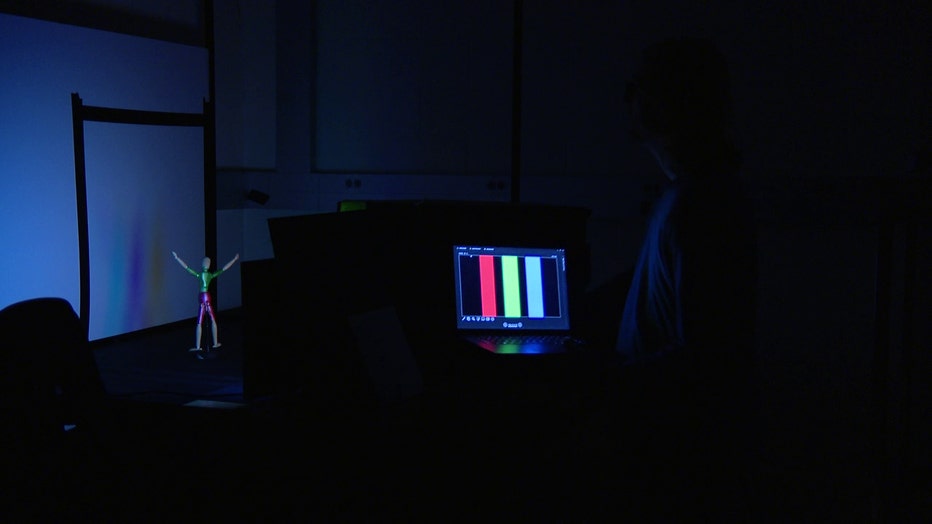USF professor, grad student develop technology that uses shadows to reveal details about obstructed views
TAMPA, Fla. - Imagine snapping a picture – and from that photo, learning more about what's in the room next door. According to researchers from the University of South Florida, it's all about analyzing visible and invisible shadows.
"Basically, our research is, we're trying to see around corners," USF doctoral student Robinson Czajkowski said.
Depending on their location, objects cast unique visible and invisible shadows on flat surfaces, such as the floor or ceiling. Czajkowski and his computer science professor, John Murray-Bruce, developed technology that can analyze pictures – taken on ordinary cameras – of these flat surfaces and their shadows.
READ: Stroke patients see progress with USF professor’s stroke therapy shoe
"There are some subtle shadow variations that we can't really perceive with our naked eye, but they're there nonetheless," Murray-Bruce said. "And then, we can run our algorithm on that [2D] photo. And our algorithm spits out a [3D] reconstruction of what's there."
According to USF, Czajkowski and Murray-Bruce’s published research is the first-of-its-kind to successfully reconstruct a hidden scene in 3D using an ordinary digital camera.

While the technology can’t make out exact faces, Murray-Bruce said it could tell law enforcement if someone is holding a weapon in the next room.
"As a first responder, you may want to not visit rooms that have nothing, no humans or pets in them," Murray-Bruce said. "So this could help you figure out which rooms are occupied and actually target those rooms."
MORE: USF College of Business unveils state-of-the-art A.I. lab
You never know what the shadows of the scene are going to reveal in photos you snap.
"The ceiling, a wall, the floor: There are all of these surfaces all around us," Murray-Bruce said. "And they all have information of that hidden space."
Czajkowski and Murray-Bruce said it will be some time before this technology is robust enough to be adopted by organizations like law enforcement agencies.
Right now, it takes their technology about 30 minutes to run a photograph through their algorithm. But, they are already in the process of improving the technology’s speed and accuracy.
WATCH FOX 13 NEWS:
SIGN UP: Click here to sign up for the FOX 13 daily newsletter

